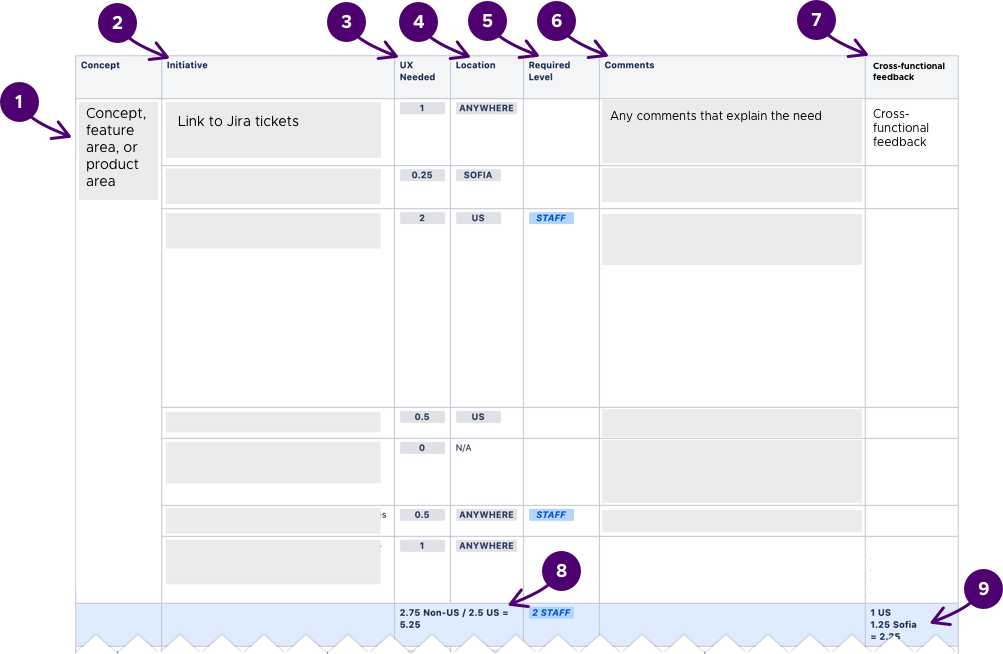Making the case for investment in design, especially in enterprise, is difficult.
One of the difficult aspects of that are conversations around investment, resourcing, and budgets. Here is how we approached it as we grew design at @VMware.
(Thread ) https://www.mynameisjehad.com/your-guide-to-resourcing-discussions-as-a-design-manager/
) https://www.mynameisjehad.com/your-guide-to-resourcing-discussions-as-a-design-manager/
One of the difficult aspects of that are conversations around investment, resourcing, and budgets. Here is how we approached it as we grew design at @VMware.
(Thread
 ) https://www.mynameisjehad.com/your-guide-to-resourcing-discussions-as-a-design-manager/
) https://www.mynameisjehad.com/your-guide-to-resourcing-discussions-as-a-design-manager/
1 / Learn about resourcing and budgeting in your organization.
Most companies fund budget in cycles. Whether it is annual, bi-annual, or quarterly, understand it.
Talk to your finance peer or find someone you trust who can help you understand the company's budgeting cycle.
Most companies fund budget in cycles. Whether it is annual, bi-annual, or quarterly, understand it.
Talk to your finance peer or find someone you trust who can help you understand the company's budgeting cycle.
2 / Focus on the work, not resourcing or budget.
Your focus shouldn’t be on resourcing, it should be on the outcome you’re trying to help the company achieve.
Do the work to understand the roadmap & build a plan around it.
Something that looks like this (more in the post).
Your focus shouldn’t be on resourcing, it should be on the outcome you’re trying to help the company achieve.
Do the work to understand the roadmap & build a plan around it.
Something that looks like this (more in the post).
3 / Keep that ratios in mind but don't focus on them.
One of the initial instincts of design managers, including me, is to share industry ratios of design to eng.
Whether it’s the 1:8 in consumer or the 1:12 in enterprise, there are clear industry ratios for a well-funded team.
One of the initial instincts of design managers, including me, is to share industry ratios of design to eng.
Whether it’s the 1:8 in consumer or the 1:12 in enterprise, there are clear industry ratios for a well-funded team.
4 / Two key issues with ratios:
1. Ratios can be fixed in two ways.
Just because a certain team is funded a certain way, it doesn’t mean another team needs to be funded that way too.
You're linking your funding to another team *without* articulating a case around the outcome.
1. Ratios can be fixed in two ways.
Just because a certain team is funded a certain way, it doesn’t mean another team needs to be funded that way too.
You're linking your funding to another team *without* articulating a case around the outcome.
5 / Also:
2. Ratios focus on “fairness”. It make the case that it is unfair that the design team is underfunded. They show there is an issue, but do not show what the issue is and why it matters.
2. Ratios focus on “fairness”. It make the case that it is unfair that the design team is underfunded. They show there is an issue, but do not show what the issue is and why it matters.
6 / Few other things to think about as you go through the conversation:
Ask for what you need, not what you think you can get or wish you had.
Ask for what you need, not what you think you can get or wish you had.
7 / Put together a set of principles for the discussion.
Before having a discussion with the cross-functional team, put together a clear set of principles that will help guide the conversation. Mine were simple:
Before having a discussion with the cross-functional team, put together a clear set of principles that will help guide the conversation. Mine were simple:
8 / You got this!
Resourcing is only a part of the conversation as you move towards a one-experience led organization.
The work you do in the background to build relationships, work with the cross-functional team, & advocate for design is the credit you build up for this convo.
Resourcing is only a part of the conversation as you move towards a one-experience led organization.
The work you do in the background to build relationships, work with the cross-functional team, & advocate for design is the credit you build up for this convo.

 Read on Twitter
Read on Twitter



